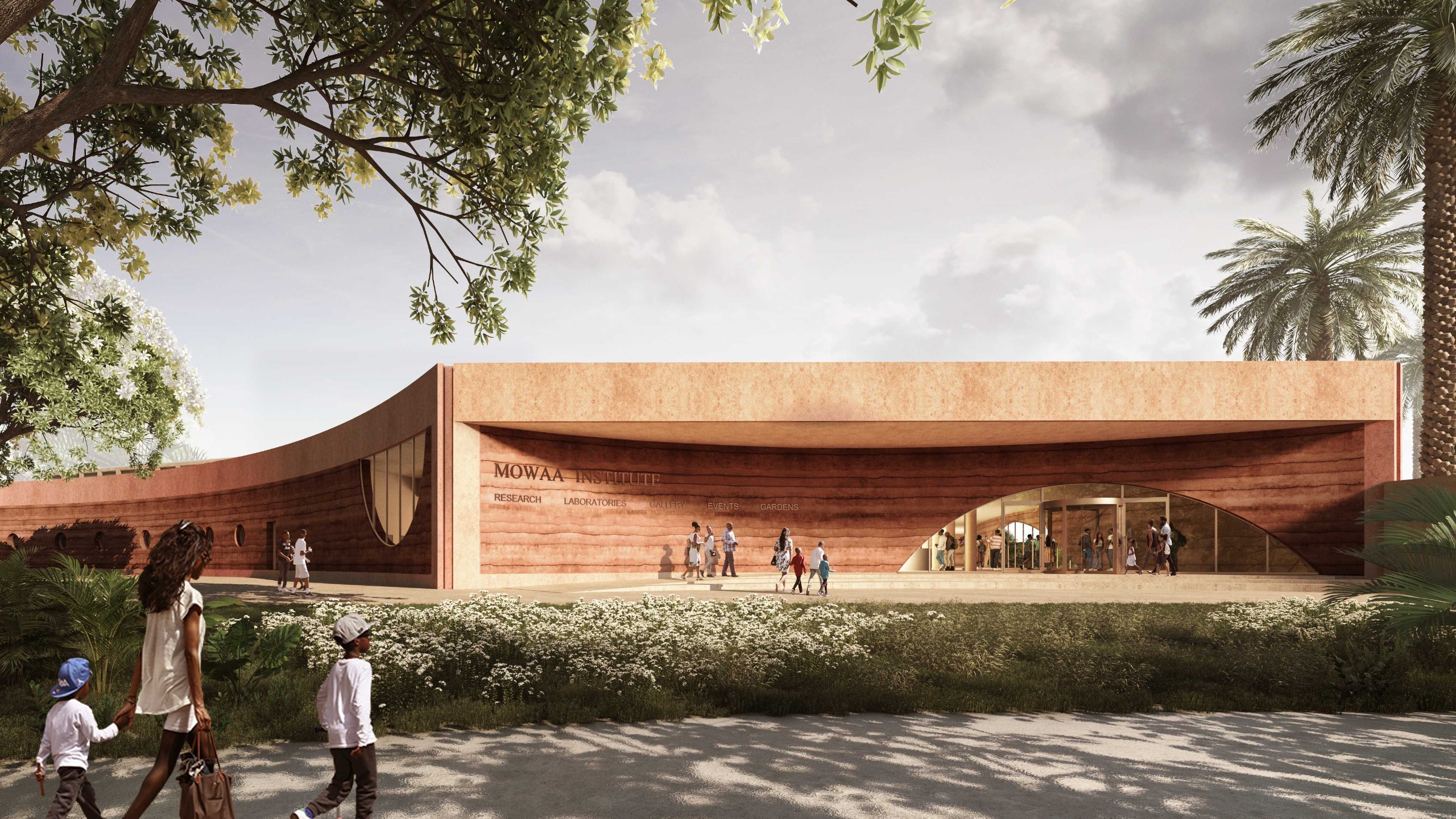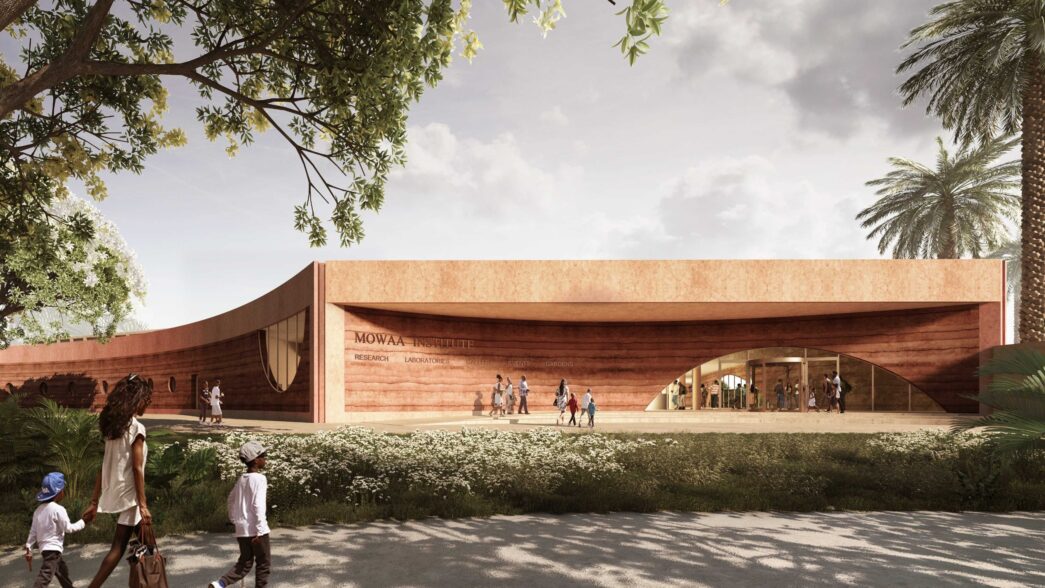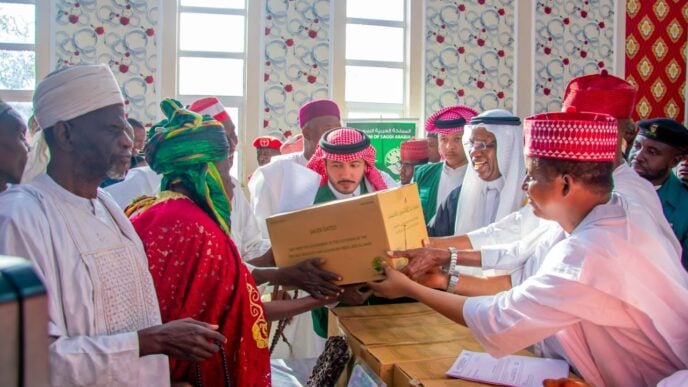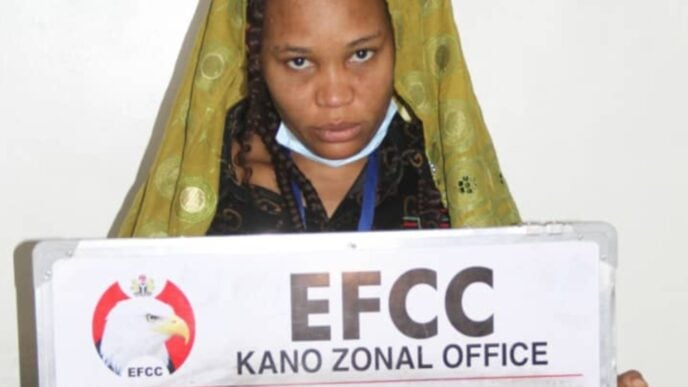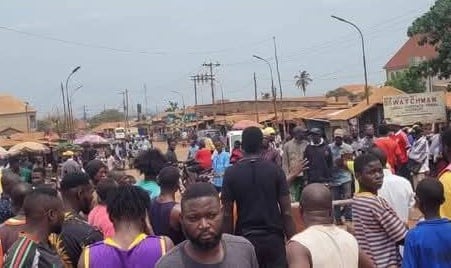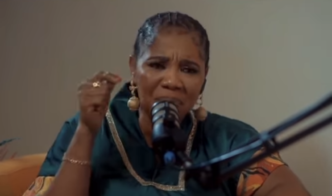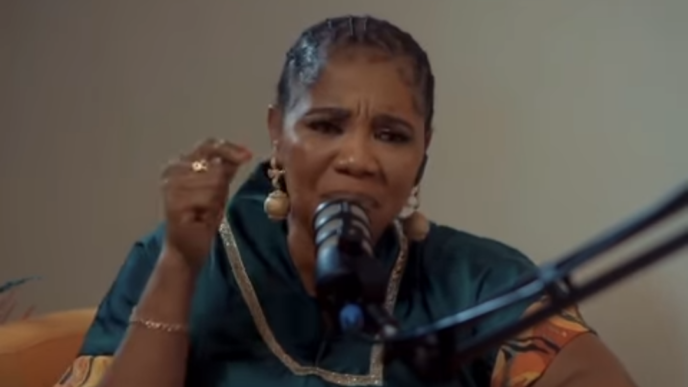BY DESTINY BODIERE MOMOH
Nestled in the vibrant heart of Benin City, Nigeria, the Museum of West African Art (MOWAA) is not just a museum; it’s a cultural renaissance.
Recognised by the New York Times as one of the 52 must-visit destinations globally, alongside literary landmarks like Jane Austen’s England and natural wonders like the Galápagos Islands, MOWAA is propelling Nigeria into the spotlight of the international cultural scene.
Here, contemporary art intertwines with millennia-old heritage, creating a dynamic space where African and diaspora artists and scholars converge. With its state-of-the-art facilities set in the historic district of Benin, MOWAA is redefining what it means to explore, learn, and celebrate the rich tapestry of West African culture.
This institution does not just preserve history; it breathes new life into it, making Nigeria an irresistible destination for those seeking the soul of art and the pulse of cultural exchange.
Advertisement
MOWAA stands out among the other 51 destinations for its unique focus on bridging contemporary arts with West Africa’s profound cultural heritage. Unlike destinations like Jane Austen’s England, which celebrates literary history, or the natural spectacles of the Galápagos Islands, MOWAA offers an intimate exploration of African art and culture.
A step into MOWAA, opening later this year, and you’re immediately enveloped in a world where art isn’t just observed but felt. The narratives of Africa’s past are not merely preserved but reimagined through the eyes of contemporary artists and scholars.
The museum’s architecture blends seamlessly with the historic ambience of Benin City, and inside, viewers will be met with contemporary exhibitions that challenge and inspire. This isn’t just about looking back; it’s about moving forward, with programs that empower artists, scholars, practitioners and researchers and engage global audiences in a cultural dialogue.
Advertisement
Phillip Ihenacho, the executive director of MOWAA, articulates a vision for the museum that transcends mere preservation. He emphasises the critical need for African museums to be relevant to contemporary society.
“One of the key challenges for museums and heritage institutions in Africa is relevance to contemporary African society. We need to build infrastructure and programming to celebrate the rich traditions of the past, but also connect to the present arts scene and invest in the skills and knowledge that enable opportunities for contemporary creatives and heritage professionals,” he said.
Chika Okeke-Agulu, art historian and professor at Princeton University serves as MOWAA’s Senior Advisor for Modern and Contemporary art, working alongside Nigerian-British curator Aindrea Emelife to ensure the museum’s exhibitions reflect today.
MOWAA stands as a beacon for cultural exchange and artistic excellence in Nigeria. “A project like MOWAA is long overdue. It has become imperative that we find a way to study, appreciate and celebrate contemporary and modern art from the African continent, on the African continent.,” says Okeke-Agulu.
Advertisement
MOWAA now stands as a testament to the unyielding spirit of West Africa, where every brush stroke, every artefact, and every narrative tells a story of defiance against the erasure of history.
It’s a place where the echoes of ancient kingdoms meet the pulse of contemporary art, creating a symphony of cultural identity that reverberates across continents. MOWAA is not just a museum; it’s a renaissance, a declaration that African art will not only be remembered but will also define the future of global culture.
Advertisement
Add a comment
